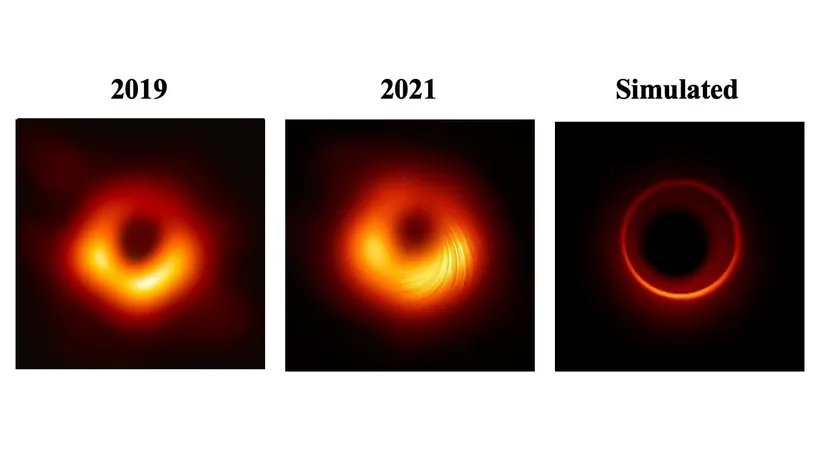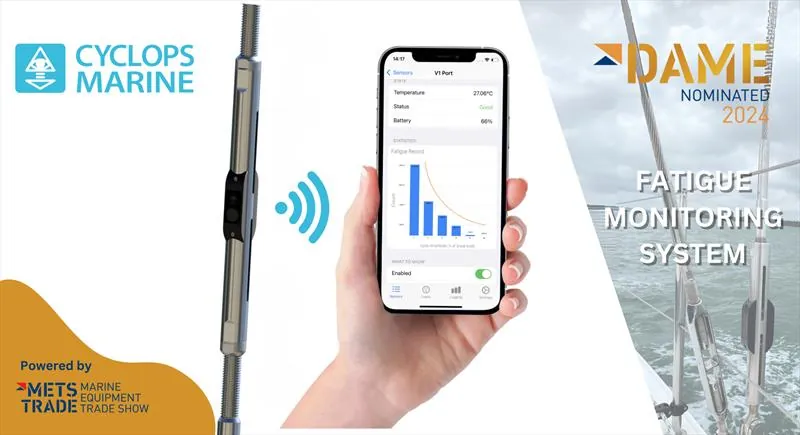
TBIRD Technology Set to Revolutionize Black Hole Imaging
2024-11-19
Author: Daniel
Introduction
In a groundbreaking revelation that captivated the scientific community, astronomers captured the first-ever image of a black hole in April 2019. This historic image showcased the mysterious black hole at the heart of the galaxy Messier 87 (M87), highlighting the swirling gas surrounding it. Just two years later, the same team unveiled another remarkable image showcasing the black hole's magnetic field by analyzing the polarization of light in its vicinity.
The Event Horizon Telescope
These astonishing images were produced using the Event Horizon Telescope (EHT), a collaborative network of radio telescopes scattered across the globe. By combining data from multiple telescopes, the EHT functions like a massive Earth-sized observatory, enabling astronomers to delve into the depths of space and capture the faint signals emitted by black holes, which are located over 55 million light-years away.
Challenges in Black Hole Imaging
However, astronomers face a significant challenge when it comes to imaging the intricate details of black holes; the resolution of images is directly tied to the distance between the participating telescopes. Currently, Earth-based observations are constrained by the physical distance of approximately 13,000 kilometers. To enhance image quality and depth of observation, scientists propose extending the base of the EHT into space with the Black Hole Explorer (BHEX) mission.
The BHEX Mission
One of the most ambitious goals of the BHEX mission is to capture the elusive photon ring—the area around a black hole where light orbits before potentially escaping—providing a unique opportunity to test the limits of Einstein's theory of general relativity.
Data Transmission Challenges
A crucial aspect of this mission involves transmitting enormous datasets back to Earth for analysis. The first EHT image required a staggering 4 petabytes of data, necessitating physical transport of the information via hard disks. The task will be even more daunting for an orbital telescope, where data transmission rates must reach approximately 100 gigabits per second (Gbps) for detailed imaging of the black hole.
Introducing TBIRD Technology
Enter TBIRD, or TeraByte InfraRed Delivery, a cutting-edge laser communication system developed by MIT Lincoln Laboratory. Recently, TBIRD achieved a significant milestone, transmitting data from low Earth orbit at an unprecedented rate of 200 Gbps—making it 1,000 times faster than conventional satellite communication. This breakthrough positions TBIRD as a transformative tool for future astrophysical research.
Expert Insights
According to Jade Wang, the assistant leader of the Optical and Quantum Communications Group at Lincoln Laboratory, “We developed a novel technology for high-volume data transport from space to ground. With BHEX, we are harnessing this capability to image the photon ring structure of black holes for the first time.”
Collaborative Efforts
Collaborating with the Harvard-Smithsonian Center for Astrophysics (CfA), Wang’s team is working on refining the high-rate data downlink required for the BHEX mission, set in medium Earth orbit. This combination of laser communication expertise and astrophysical inquiry could unveil groundbreaking discoveries that challenge our understanding of physics as we know it.
Looking Ahead
Michael Johnson, a CfA astrophysicist and principal investigator for the BHEX mission, shared his excitement: “Laser communications will redefine our anticipations regarding potential astrophysical discoveries from space. Within the next decade, this technology will navigate us to the edge of a black hole, a realm where our current grasp of the laws of physics starts to unravel.”
Future Modifications
To achieve the necessary performance for the BHEX mission, TBIRD will undergo modifications, including an upgrade in its size and power capabilities, as well as adjustments to its data delivery architecture. Despite the complexities involved, Wang is optimistic about the project's future. “With TBIRD, we’re demonstrating that the technology needed for impactful scientific research is ready today,” she stated, encapsulating the spirit of innovation that surrounds this mission.
Conclusion
The BHEX mission has been meticulously conceptualized since 2019, backed by institutions including the Smithsonian Astrophysical Observatory, NASA’s Goddard Space Flight Center, the University of Arizona, and various funding bodies committed to advancing astronomical research.
The stage is set for an astronomical leap into the unknown. Will TBIRD's revolutionary technology finally unlock the secrets of black holes? Stay tuned as we venture into this cosmic frontier!



 Brasil (PT)
Brasil (PT)
 Canada (EN)
Canada (EN)
 Chile (ES)
Chile (ES)
 España (ES)
España (ES)
 France (FR)
France (FR)
 Hong Kong (EN)
Hong Kong (EN)
 Italia (IT)
Italia (IT)
 日本 (JA)
日本 (JA)
 Magyarország (HU)
Magyarország (HU)
 Norge (NO)
Norge (NO)
 Polska (PL)
Polska (PL)
 Schweiz (DE)
Schweiz (DE)
 Singapore (EN)
Singapore (EN)
 Sverige (SV)
Sverige (SV)
 Suomi (FI)
Suomi (FI)
 Türkiye (TR)
Türkiye (TR)